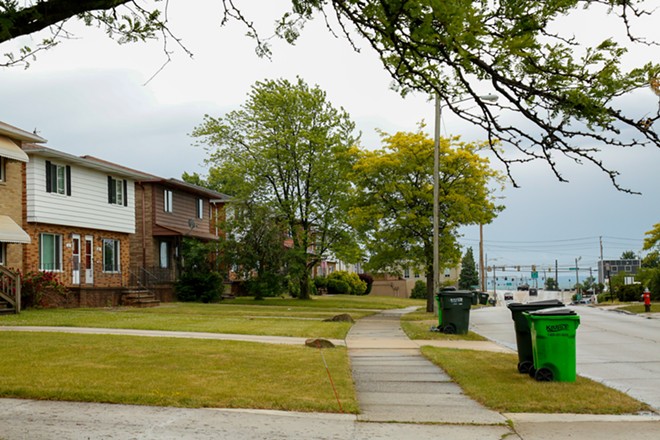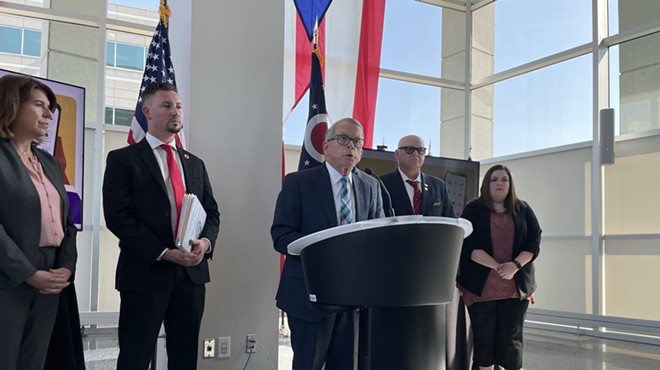
According to Coalition on Homelessness and Housing in Ohio executive director Amy Riegel, rents rose by 17 percent in the last two years, far outpacing wages for many of Ohio’s most common jobs.
“It’s not just fast-food workers, hotel maids, big box store cashiers, and home health aides who are struggling to keep a roof over their heads,” said Riegel. “The low-wage, high-rent gap is impacting people who assemble parts in factories, fill orders at warehouses, ship freight, and answer the phone when you have problems with your internet service.”
Of the nearly 880,000 households in the Cleveland-Elyria Metropolitan Statistical Area (MSA), which is made up of Cuyahoga County, Geauga County, Lake County, Lorain County and Medina County, 35 percent are renters.
In the Cleveland area, minimum wage workers must work 62 hours per week in order to afford one-bedroom rental housing at Fair Market Rent (FMR) — a standard established by the Department of Housing and Urban Development (HUD). To afford two-bedroom rental housing, minimum wage workers must work a 76-hour work week.
Two-bedroom rental housing at FMR in the Cleveland area is $998, which is $8 more than the area’s median income.
The generally accepted maximum amount recommended to spend on rent and utilities is 30 percent of total income before taxes. Following this rule, someone in the Cleveland area would need to make $39,920 annually or $3,327 monthly to afford a two-bedroom FMR apartment.
The Cleveland-Elyria MSA ranked as the fifth-most expensive in Ohio, behind Union County, the Columbus area, the Cincinnati area and the Akron MSA.
In Ohio, nearly 1,590,000 households live in rental housing. Although the median hourly wage for all occupations in the state is $22.46 — enough to afford a two-bedroom rental unit — for many of the state’s top occupations housing is unaffordable.
Ohio’s more than 258,000 fast food or counter workers and cashiers cannot afford studio rental housing on median wages of $11.94 and $12.74, respectively. Of the top ten most common occupations in the state, only registered nurses, general or operations managers and tractor-trailer truck drivers can afford two-bedroom rental housing on median salaries.
Ohio's biennial budget includes a new affordable housing tax credit program to incentivize developers to build low-income housing. Although the Ohio House's budget proposal designated $500 million in housing credits, Gov. Mike DeWine's proposal capped the credits at $100 million.
The Ohio Senate's original budget proposal eliminated the program entirely, but lawmakers later reversed course and included DeWine's proposed $100 million in credits.
“A precarious workforce means tired, stressed, unhealthy employees, higher absenteeism, and lower productivity. Affordable housing is a key factor that prospective employers consider when making decisions about where to site new operations,” said Riegel.
Subscribe to Cleveland Scene newsletters.
Follow us: Google News | NewsBreak | Reddit | Instagram | Facebook | Twitter













